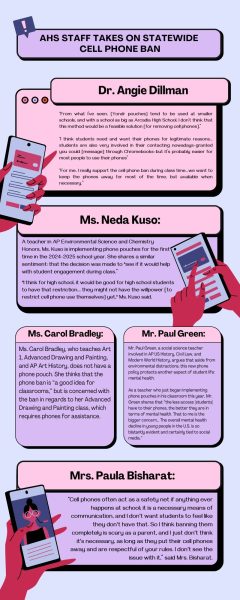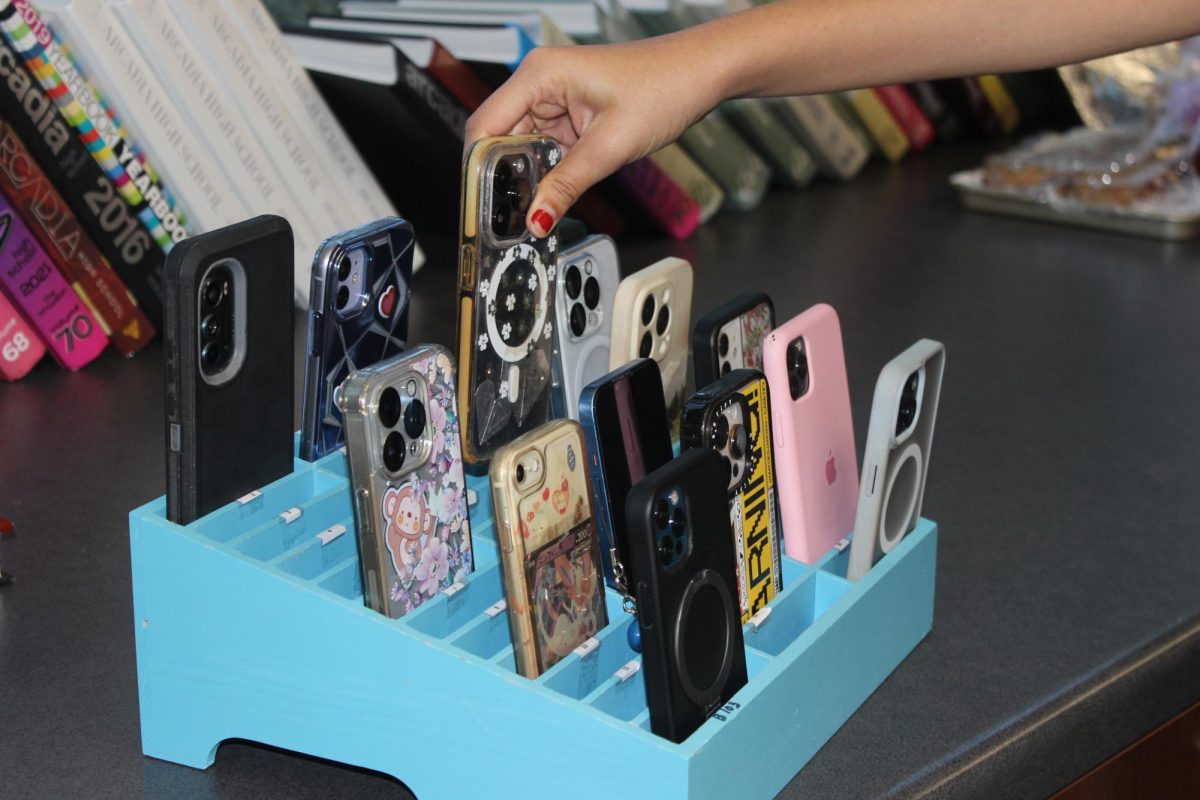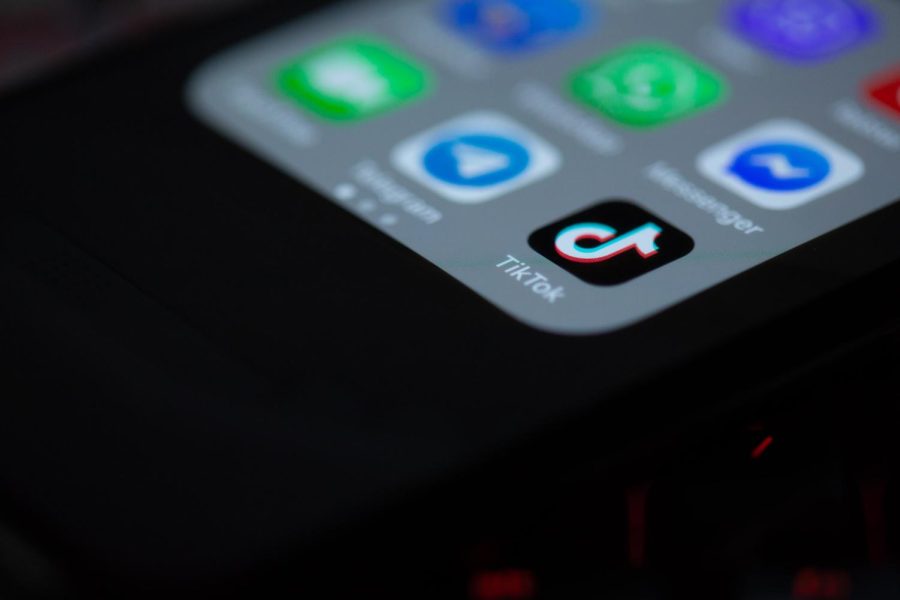Years after the pandemic, the first task many students have to complete after entering a classroom is not academic, but personal: students all have to put their phones in a designated phone holder.
These days, it’s not uncommon to find “phone holder” and “smartphone cubbies” systems implemented in classrooms, but things took a turn when the Los Angeles Unified School District (LAUSD) enforced a cell phone ban during school hours that will be required during the 2026-2027 school year. Recently, Governor Gavin Newsom signed the Phone-Free School Act, which requires California school districts to enforce phone policies that either limit or completely prohibit the use of cellphones during school hours by July 2026.
Although it is important to make sure students are paying attention to their studies, in-class cell phone holders are sufficient in curbing cell phone use by students. However, a school-day-long ban on cell phones may go too far, as it limits students’ ability to access resources, communicate in emergencies, and develop responsible phone habits.
While it’s reasonable to expect some concerns from the student body, given the unique challenges faced by the large population within the Arcadia Unified School District (AUSD), we hope both AUSD and Arcadia High School (AHS) will carefully consider our suggested course of action for this implementation.
There are multiple ways school districts have implemented phone bans. One way is by having students leave their phones in a locker before school starts, and another is by distributing a magnetic phone pouch to each student that can be unlocked at designated stations or by teachers and administrators.
Yondr phone pouches, specifically, have taken schools by storm, each pouch costing around $25 to $30. Mervyn M. Dymally High School is one example: the school spent about $12,000 on 750 Yondr pouches, which students lock under supervision upon arrival and unlock with a magnet when leaving. With AHS’ student population of about 3000 people, this would mean more than $90,000 that AUSD must spend on our school alone.
Aside from monetary concerns, AHS’ large population presents another challenge, as seen in the long lunch line wait time. Although recent changes, such as the additions of lines, have sped up the lunchline, the sheer number of students will likely cause long waits at the phone pouch magnet stations or other designated phone collection areas. Many AHS students are involved in after school activities like sports, volunteering, and part-time jobs, and may not have the extra time to wait, even for an additional five minutes.
The Quill interviewed 10 teachers, from different subjects, to gather their perspectives on the cell phone ban. An overwhelming majority, whether they currently require phone pouches for their students or not, expressed support for the ban. However, the actual enforcement of the cell phone restriction that specifically pertains to the AHS student population is still unclear. 

A cell phone ban requiring all AHS students to store their phones in a designated area is inconvenient. Phones are essential for emergency and safety purposes, and making students wait in line to retrieve them is an inefficient way to enforce the policy.
While there are evident benefits to implementing phone bans such as improving focus and attention in a classroom setting, in a time where there are repeated threats to student safety at school, phones are an important and necessary tool in students’ lives.












